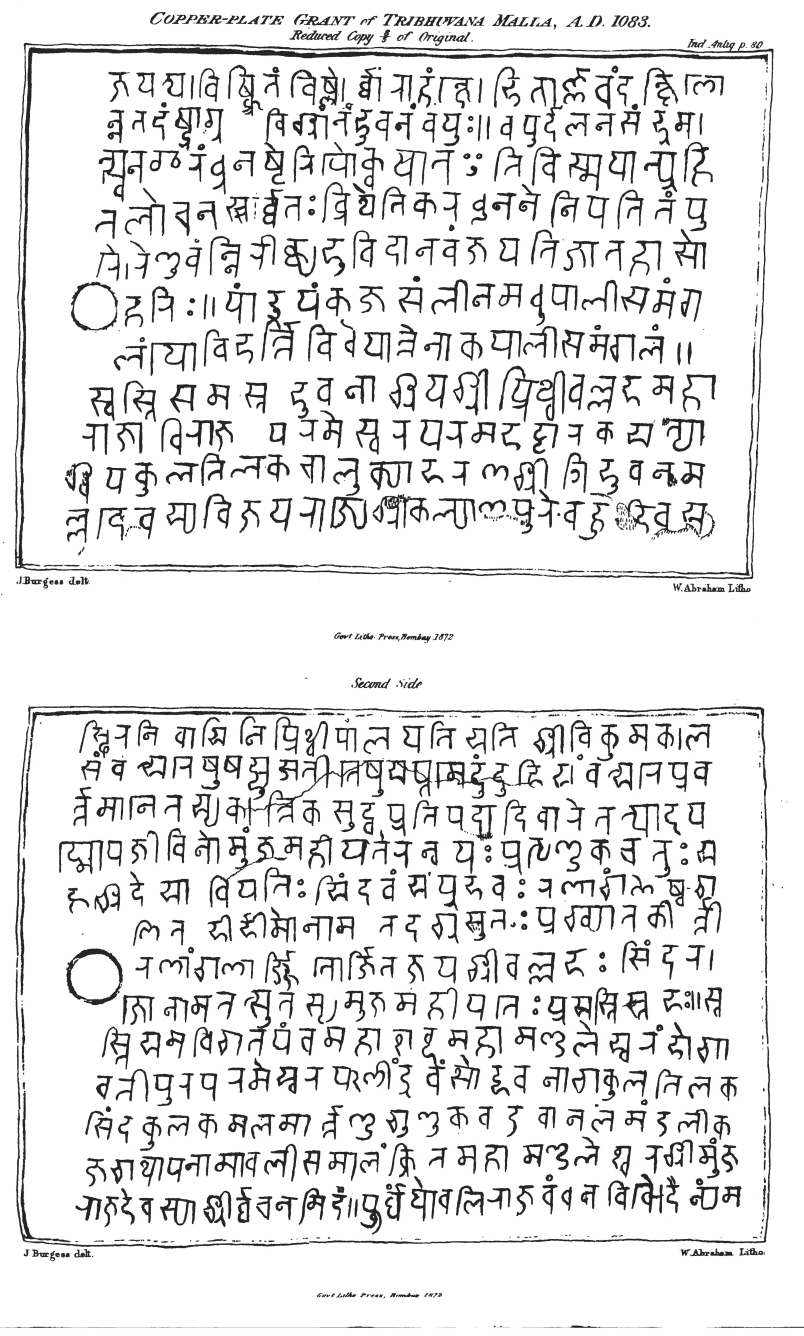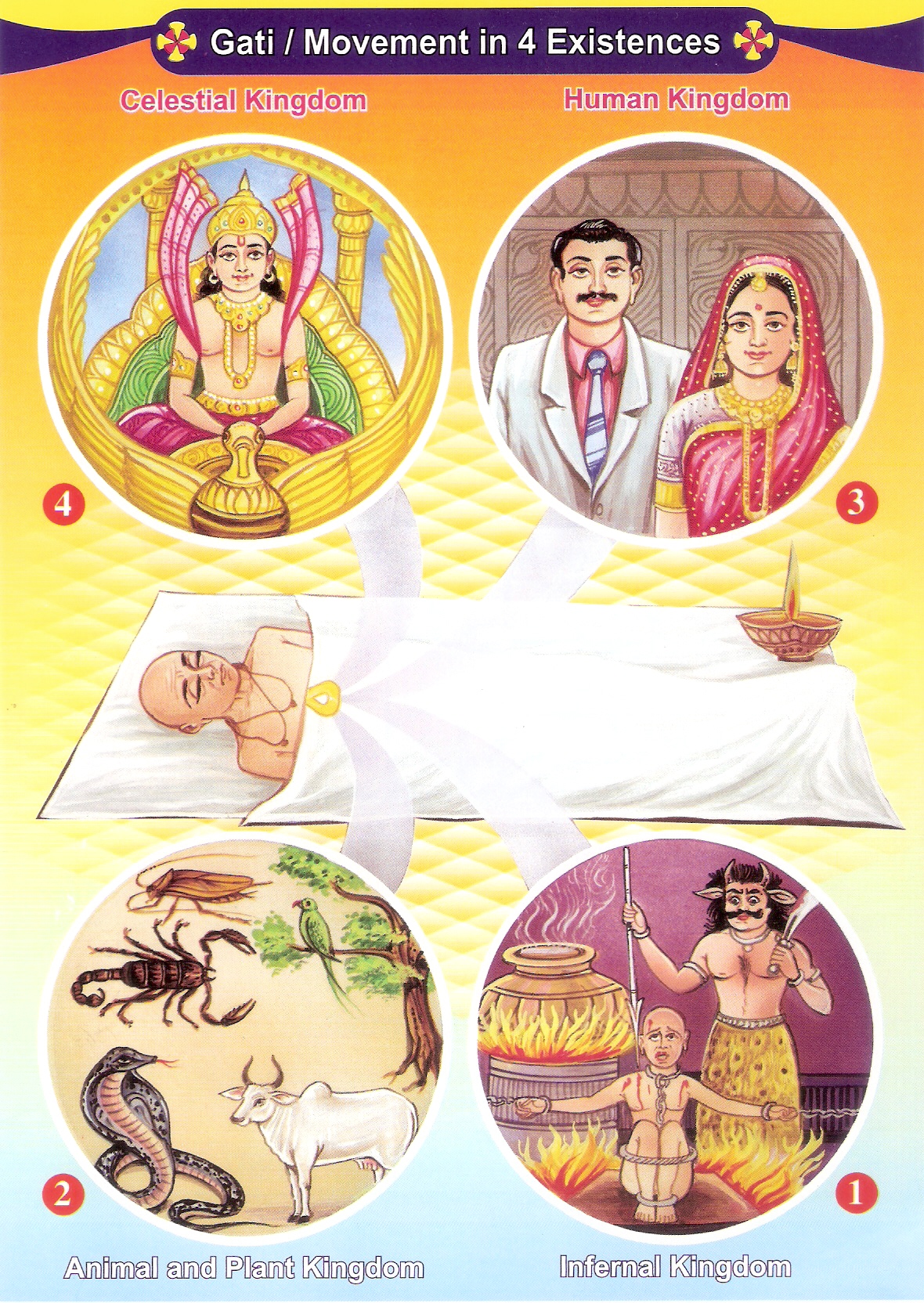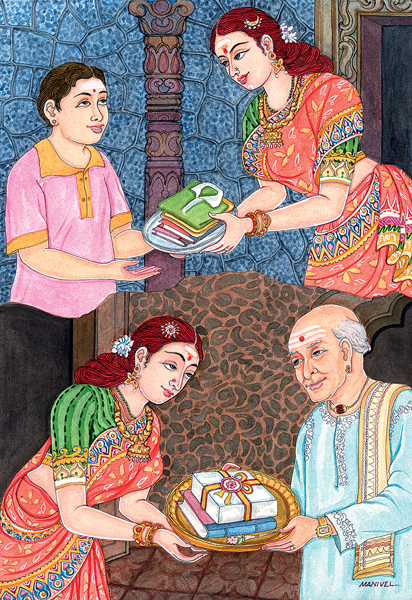|
Vīramitrodaya
The Vīramitrodaya refers to a Hindu law digest written by Mitra Miśra, a brahmin from ''Gopācala'' (present day Gwalior) which covers nearly every aspect of ''Dharmaśāstra''. The work was done at the behest of King Vīrasimhadeva of Orchha during the reign of Akbar. The Privy Council recorded the text to be a work of high authority regarding Hindu law, revered throughout North India. Mitamiśra's text includes hundreds of citations from many Hindu religious texts (a large volume of which are either lost or remain unpublished) in which he analyzes and critiques numerous arguments, following which he puts forward his own opinions. The same title is also applied to a commentary of the ''Yājñavalkyasmṛti'' also written by the same person. Text The ''nibandha'' titled ''Viramitrodaya'' is composed of 22 sections, called ''prakāśas.'' The following 12 are available in printed form ● ''Paribhāṣā-prakāśa'' - deals with etymology (similar to ''Etymologiea'') ● ... [...More Info...] [...Related Items...] OR: [Wikipedia] [Google] [Baidu] |
Dharmaśāstra
''Dharmaśāstra'' () are Sanskrit Puranic Smriti texts on law and conduct, and refer to treatises (shastras, śāstras) on Dharma. Like Dharmasūtra which are based upon Vedas, these texts are also elaborate law commentaries based on vedas, Dharmashastra themselves evolved from dharmshutra. There are many Dharmashastras, variously estimated to number from 18 to over 100. Each of these texts exists in many different versions, and each is rooted in Dharmasutra texts dated to the 1st millennium BCE that emerged from Kalpa (Vedanga) studies in the Vedic era. The textual corpus of Dharmaśāstra were composed in poetic verse, and are part of the Hindu Smritis, constituting divergent commentaries and treatises on ethics particularly duties, and responsibilities to oneself and family as well as those required as a member of society. The texts include discussion of Ashrama (stage), ashrama (stages of life), varna (Hinduism), varna (social classes), Puruṣārtha, purushartha (proper g ... [...More Info...] [...Related Items...] OR: [Wikipedia] [Google] [Baidu] |
Brahmin
Brahmin (; ) is a ''Varna (Hinduism), varna'' (theoretical social classes) within Hindu society. The other three varnas are the ''Kshatriya'' (rulers and warriors), ''Vaishya'' (traders, merchants, and farmers), and ''Shudra'' (labourers). The traditional occupation of Brahmins is that of priesthood (purohit, pandit, or pujari) at Hindu temples or at socio-religious ceremonies, and the performing of rite of passage rituals, such as solemnising a wedding with hymns and prayers.James Lochtefeld (2002), Brahmin, The Illustrated Encyclopedia of Hinduism, Vol. 1: A–M, Rosen Publishing, , page 125 Traditionally, Brahmins are accorded the supreme ritual status of the four social classes, and they also served as spiritual teachers (guru or acharya). In practice, Indian texts suggest that some Brahmins historically also became agriculturalists, warriors, traders, and had also held other occupations in the Indian subcontinent.GS Ghurye (1969), Caste and Race in India, Popular Prakasha ... [...More Info...] [...Related Items...] OR: [Wikipedia] [Google] [Baidu] |
Vyavahāra
Vyavahāra () is an important concept of Hindu law denoting legal procedure. The term is analyzed by Kātyāyana as follows: "Vi means ‘various,’ ava means ‘doubt,’ hara is ‘removal’; legal procedure is called by the term vyavahāra because ‘it removes various doubts.’” Kane defines it as follows: "When the ramifications of right conduct, that are together called dharma and that can be established with efforts (of various kinds such as truthful speech, etc.) have been violated, the dispute (in a court between parties) which springs from what is sought to be proved (such as debt), is said to be vyavahāra." According to Donald Davis, “There are two basic meanings of vyavahāra. The first is a general sense of practice, business, or everyday transactions. The other, specific sense is legal procedure, the processes of litigation including a trial.” Legal procedure according to the dharmaśāstras includes: court, listening to and assessing witnesses and their ... [...More Info...] [...Related Items...] OR: [Wikipedia] [Google] [Baidu] |
Prāyaścitta
''Prāyaścitta'' () is the Sanskrit word which means "atonement, penance, expiation". In Hinduism, it is a ''dharma''-related term and refers to voluntarily accepting one's errors and misdeeds, confession, repentance, means of penance and expiation to undo or reduce the karmic consequences. It includes atonement for intentional and unintentional misdeeds. The ancient Hindu literature on repentance, expiation and atonement is extensive, with earliest mentions found in the Vedas, Vedic literature. Illustrative means to repent for intentional and unintentional misdeeds include admitting one's misdeeds, austerities, fasting, pilgrimage and bathing in sacred waters, ascetic lifestyle, yajna (fire sacrifice, homa), praying, yoga, giving gifts to the poor and needy, and others. Those texts that discuss Prāyaścitta, states Robert Lingat, debate the intent and thought behind the improper act, and consider penance appropriate when the "effect" had to be balanced, but "cause" was unclear. ... [...More Info...] [...Related Items...] OR: [Wikipedia] [Google] [Baidu] |
Reincarnation
Reincarnation, also known as rebirth or transmigration, is the Philosophy, philosophical or Religion, religious concept that the non-physical essence of a living being begins a new lifespan (other), lifespan in a different physical form or physical body, body after biological death. In most beliefs involving reincarnation, the soul of a human being is immortality, immortal and does not disperse after the physical body has perished. Upon death, the soul merely becomes transmigrated into a newborn baby or into an animal to continue its immortality. (The term "transmigration" means the passing of a soul from one body to another after death.) Reincarnation (''punarjanman'') is a central tenet of Indian religions such as Hinduism, Buddhism, Jainism, and Sikhism. In various forms, it occurs as an esoteric belief in many streams of Judaism, in certain Paganism, pagan religions (including Wicca), and in some beliefs of the Indigenous peoples of the Americas and of Australian ... [...More Info...] [...Related Items...] OR: [Wikipedia] [Google] [Baidu] |
Karma In Hinduism
Karma is a concept of Hinduism which describes a system in which beneficial effects are derived from past beneficial actions and harmful effects from past harmful actions, creating a system of actions and reactions throughout a soul's ( jivatman's) reincarnated lives, forming a cycle of rebirth. The causality is said to apply not only to the material world but also to our thoughts, words, actions, and actions that others do under our instructions. Paramhans Swami Maheshwarananda, ''The hidden power in humans'', Ibera Verlag, page 23., For example, if one performs a good deed, something good will happen to them, and the same applies if one does a bad thing. In the Puranas, it is said that the lord of karma is represented by the planet Saturn, known as Shani. According to Vedanta thought, the most influential school of Hindu theology, the effects of karma are controlled by God (Isvara). There are four different types of karma: ''prarabdha'', ''sanchita'', and ''kriyamana'' a ... [...More Info...] [...Related Items...] OR: [Wikipedia] [Google] [Baidu] |
Hindu Units Of Time
Hindu units of time are described in Hindu texts ranging from microseconds to trillions of years, including cycles of cosmic time that repeat general events in Hindu cosmology. Time ( ) is described as eternal. Various fragments of time are described in the Vedas, ''Manusmriti'', ''Bhagavata Purana'', '' Vishnu Purana'', ''Mahabharata'', '' Surya Siddhanta'' etc. Sidereal metrics Sidereal astrology maintains the alignment between signs and constellations via corrective systems of Hindu (Vedic)-origin known as ayanamsas (Sanskrit: '''ayana''' "movement" + '''aṃśa "component"), to allow for the observed precession of equinoxes, whereas tropical astrology ignores precession. This has caused the two systems, which were aligned around 2,000 years ago, to drift apart over the centuries. Ayanamsa systems used in Hindu astrology (also known as Vedic astrology) include the Lahiriayanamsa and the Raman ayanamsa. The Fagan-Bradley ayanamsa is an example of an ayanamsa system used ... [...More Info...] [...Related Items...] OR: [Wikipedia] [Google] [Baidu] |
Vrata
Vrata is a Sanskrit word that means "vow, resolve, devotion", and refers to pious observances such as Fasting#Hinduism, fasting and pilgrimage (Tirtha (Hinduism), Tirtha) found in Indian religions such as Hinduism and Jainism. It is typically accompanied with prayers seeking health and happiness for their loved ones. Etymology Vrata (Sanskrit: व्रत) means "vow, resolve, devotion",Monier Monier-Williams (1899), Sanskrit-English Dictionary, Oxford University Press, page 1042, Article on ''Vrata'' and refers to the practice of austerity, particularly in matters related to foods and drinks by people in Hindu and Jaina culture, as part of a pious observance or prayers seeking health, fertility, long life or happiness for her loved ones. Derived from the root ''‘vr’'' ("will, rule, restrain, conduct, choose, select"), the word is found over 200 times in the Rigveda. It is also found in other Vedic literature including the Upanishads, but the context suggests that the me ... [...More Info...] [...Related Items...] OR: [Wikipedia] [Google] [Baidu] |
Dāna
(Devanagari: , IAST: ) is a Sanskrit and Pali word that connotes the virtue of generosity, charity or giving of alms, in Indian religions and philosophies. In Hinduism, Buddhism, Jainism, and Sikhism, is the practice of cultivating generosity. It can take the form of giving to an individual in distress or need, or of philanthropic public projects that empower and help many. is an ancient practice in Indian traditions, tracing back to Vedic traditions. Hinduism (Sanskrit: ) means giving, often in the context of donation and charity. In other contexts, such as rituals, it can simply refer to the act of giving something. is related to and mentioned in ancient texts along with concepts of () which means benevolent deed, helping others; () which means fee one can afford; and (), which means alms. is defined in traditional texts as any action of relinquishing the ownership of what one considered or identified as one's own, and investing the same in a recipient without ex ... [...More Info...] [...Related Items...] OR: [Wikipedia] [Google] [Baidu] |
Shuddhi (Hinduism)
Shuddhi (Sanskrit: शुद्धि ''śuddhi'', Hindi: शुद्धि ''śuddhi'', Punjabi: ਸ਼ੁੱਧ ''śuddh'') is a Sanskrit word meaning purification or cleansing. In the context of modern Hinduism, it describes a Hindu religious movement started by Arya Samaj, initially aimed at re-converting former Hindus who departed the religion for Christianity or Islam, but later expanded to convert non-Hindus altogether. This term is also present in some medieval smritis, as well as in later Sikh literature, also in the context of re-conversion. Etymology Shuddhi is derived from the Sanskrit word शुद्धि ''śuddhi'' ("purified"), the past passive participle of the verb शुध् ''śudh'' ("to purify"). This word ultimately derives from Proto-Indo-European *(s)ḱew- ("to shine"). Although the Sanskrit word शुद्धि was inherited into Hindi as सुध ''sudh'' and into Punjabi as ਸੁੱਧ ''suddh'', both inherited words are generic ... [...More Info...] [...Related Items...] OR: [Wikipedia] [Google] [Baidu] |
Bhakti
''Bhakti'' (; Pali: ''bhatti'') is a term common in Indian religions which means attachment, fondness for, devotion to, trust, homage, worship, piety, faith, or love.See Monier-Williams, ''Sanskrit Dictionary'', 1899. In Indian religions, it may refer to loving devotion for a personal God (like Krishna or Devi), a formless ultimate reality (like Nirguna Brahman or the Sikh God) or an enlightened being (like a Buddha, a bodhisattva, or a guru).Bhakti ''Encyclopædia Britannica'' (2009)Karen Pechelis (2011), "Bhakti Traditions", in ''The Continuum Companion to Hindu Studies'' (Editors: Jessica Frazier, Gavin Flood), Bloomsbury, , pp. 107–121 Bhakti is often a deeply emotional devotion based on a relationship ... [...More Info...] [...Related Items...] OR: [Wikipedia] [Google] [Baidu] |





